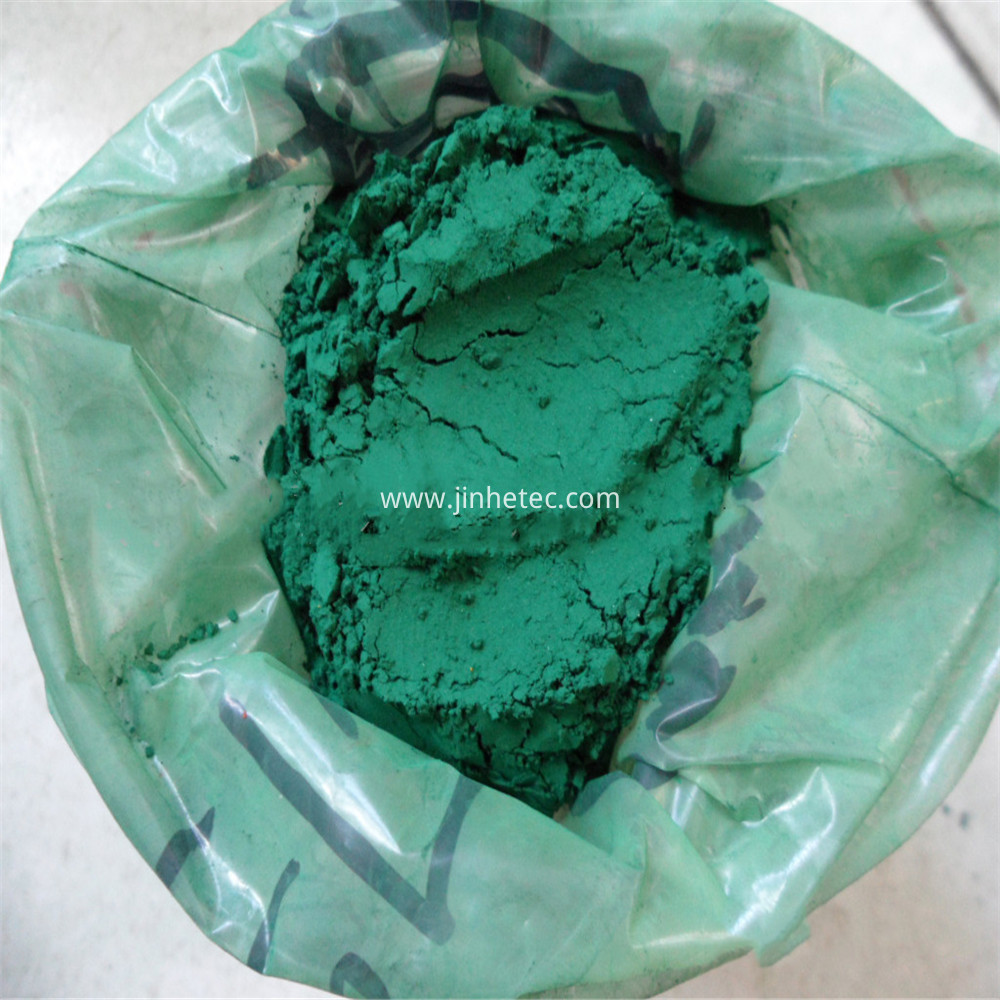
Privacy statement: Your privacy is very important to Us. Our company promises not to disclose your personal information to any external company with out your explicit permission.

Chromium Oxide Green is a pigment widely used in ceramics, glass, ceramic tiles, and other materials. It is also an important additive used in the production of refractory materials. In the production of refractory materials, the correct use of chromium oxide green can improve the performance of refractory bricks. Here are some suggestions for the correct use of chrome oxide green:
Control the addition amount: Chromium oxide green is a powerful colorant, and its addition amount must be strictly controlled. Excessive addition can make the brick color too dark, which affects the thermal reflectivity and corrosion resistance of the brick.
Reasonable selection of particle size: The particle size of chromium oxide green will affect its dispersion and uniformity in refractory materials. Generally speaking, Luoyang Zhengjie Chrome Oxide Green with finer particle size has better dispersion, but too fine particles will also reduce its high-temperature resistance.
Control the sintering temperature: When making refractory bricks, the sintering temperature will affect the color and dispersion of chromium oxide green. Excessive sintering temperature can lead to darker color and decreased dispersion of chrome oxide green, which affects the performance of refractory bricks.
Keep dry: Chrome oxide green has strong moisture absorption, and if stored improperly, it may absorb moisture from the air, affecting its performance. Therefore, when using chromium oxide green, it should be kept dry and minimize the time of contact with air.
Consider compatibility with other additives: When making refractory materials, it is often necessary to add multiple additives simultaneously, and their compatibility needs to be considered. For chromium oxide green, it can be used together with some metal oxides such as aluminum, magnesium, and calcium, but it should not be used together with some acidic oxides such as silicate.
Attention to safety issues: Chromium oxide green is a toxic chemical. When using it, attention should be paid to safety issues, and inhalation and contact with skin and eyes should be avoided as much as possible. Before use, it is necessary to understand its safety and operating procedures in detail, and take corresponding protective measures.
Adjust the ratio according to the specific application: Different refractory materials have different requirements for chrome oxide green, so in specific applications, the ratio needs to be adjusted according to the actual situation. In general, the optimal addition amount and particle size can be determined through experiments.
In summary, the correct use of chromium oxide green can significantly improve the performance of refractory materials, but safety issues need to be paid attention to during the use process, and adjustments should be made according to the specific application situation.
June 25, 2023
April 03, 2023
November 15, 2024
November 13, 2024
In the world of materials, there is a seemingly ordinary but super-widely used substance-polyvinyl alcohol. Polyvinyl alcohol (PVA) is a water-soluble polymer. It has many unique properties, which...
Since November, the DOP market has shown a firm trend, with the market center of gravity slightly rising, but the overall amplitude is limited. Take the East China market as an example, the price of...
1. Can ordinary PVC be made into PVC paste resin? Answer: ordinary PVC cannot be made into PVC paste resin. 2. What calcium powder is added to PVC paste resin? Answer: calcium carbonate powder is...
With the development of modern ceramic technology, people have put forward higher requirements for the performance of ceramics. Sodium tripolyphosphate is an additive commonly used in architectural...
Email to this supplier
June 25, 2023
April 03, 2023
November 15, 2024
November 13, 2024

Privacy statement: Your privacy is very important to Us. Our company promises not to disclose your personal information to any external company with out your explicit permission.

Fill in more information so that we can get in touch with you faster
Privacy statement: Your privacy is very important to Us. Our company promises not to disclose your personal information to any external company with out your explicit permission.